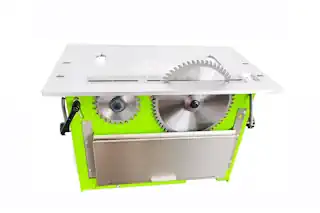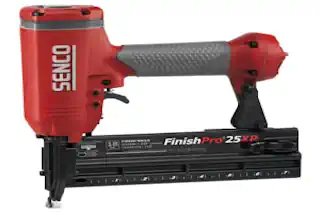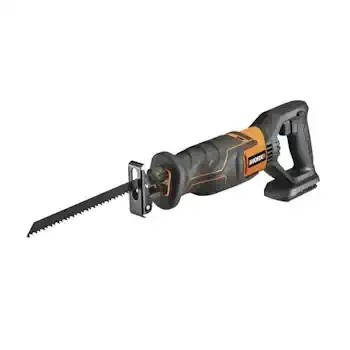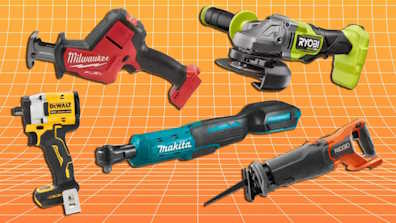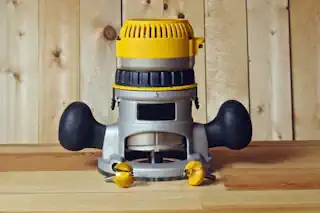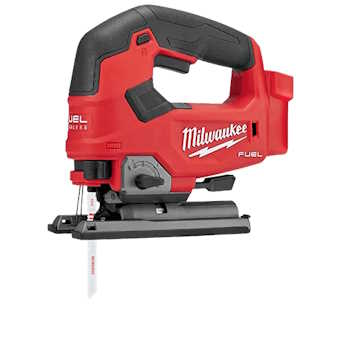The Beginner’s DIY Guide on How to Use an Angle Grinder
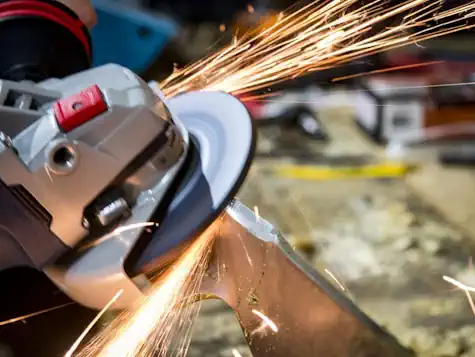
Whether you are a seasoned DIY enthusiast, woodworker, or metalworker, the angle grinder is a power tool that can’t be missing from your arsenal. Versatile and powerful, this tool is the go-to for cutting, grinding, and polishing a variety of materials with finesse and speed. However, with great power comes great responsibility. In this beginner’s guide, we will walk through how to use an angle grinder safely, master its functions, select the right attachments, and also provide some insightful maintenance tips.
1. Introduction to the Angle Grinders
An angle grinder is a handheld power tool with a rotating disc that sees extensive use in construction work, metal fabrication, and emergency rescues. Its compact design and high RPM give it the ability to perform an array of tasks from cutting through metal to polishing surfaces. Anglers grinders are popular for their relative simplicity, yet their applications are diverse and require skill and safety awareness to harness effectively.
2. Safety First
Before you even consider powering up your angle grinder, ensure that safety is at the forefront of your mind. This includes personal protective equipment (PPE) such as safety glasses, full face shield, gloves, and sturdy work boots. Always prepare a work area that is free of any tripping hazards and ensure that the piece you are working on is firmly secured. Additionally, familiarize yourself with the off-switch location – practice quickly turning it off before you even start your first project.
Top 10 Safety Considerations for Using Angle Grinders
When using an angle grinder, adhering to safety protocols is imperative to avoid accidents and achieve optimal results. Here’s a list of the top 10 safety considerations:
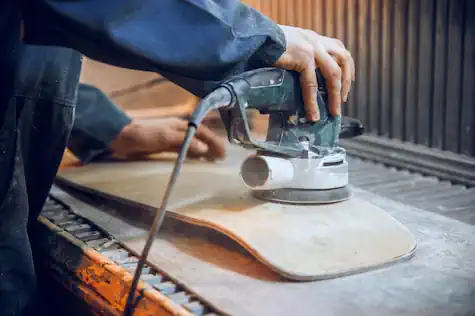
Wear Appropriate Personal Protective Equipment (PPE): This includes safety glasses or goggles, face shields, leather gloves, ear protection, and heavy-duty work boots.
Secure Your Workpiece: Ensure that the material you are working on is clamped or securely fastened to prevent movement.
Check the Disc Before Use: Inspect the disc for cracks, chips, or any sign of damage before attaching it to the grinder. Make sure the disc is in good condition.
Use the Right Disc for the Material: Match the disc to the material you’re working on (metal, wood, concrete) to avoid breakage and ensure efficiency.
Maintain Proper Disc Speed: Do not exceed the recommended speed for the disc you’re using, as this can cause it to shatter. Running at max rpm or full speed is not appropriate for all materials or projects.
Handle with Both Hands: Always use both hands to operate the grinder for maximum control and stability.
Keep Bystanders at a Safe Distance: Ensure that no one is within the vicinity of your working area to protect them from sparks and debris.
Be Aware of the Direction of Sparks: Position yourself so that sparks are directed away from you and any flammable materials.
Disconnect Power When Changing Discs: Always unplug the grinder (if corded) or remove the battery (if cordless) before changing or adjusting the disc.
Stay Focused: Never operate the angle grinder when you are tired or under the influence of drugs or alcohol. Concentration is key to safe handling. Too much force or having your body in the wrong position is very dangerous.
By following these safety considerations, you can minimize the risk of accidents and injuries while using your angle grinder.
3. Understanding the Parts
Angle grinders may seem complex at first glance, but a breakdown of its components will make it far less daunting. There are several parts you need to become acquainted with. This includes the handle, spindle lock, on/off switch, disc guard, and the arbor. Know how to assemble and disassemble your grinder smoothly. A good grip is crucial here; make sure to pilot the handle in a way that feels comfortable and offers maximum control.
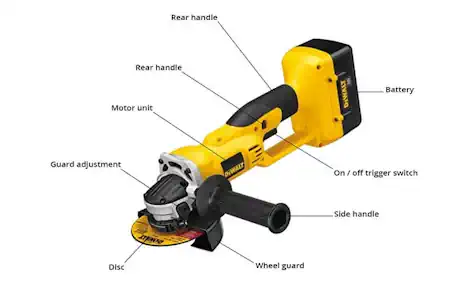
4. Choosing the Right Disc
Angle grinders can accept a multitude of attachments, but it’s crucial to use the right disc for the job at hand. Abrasive cutting discs, grinding wheels, sanding discs, and wire brush wheels are among the most common. Each serves a distinct purpose, and using the wrong one can have dire consequences. Ensure that the disc is designed for the material you are working with and is rated for the operational speed of your grinder.
Top 5 Most Popular Discs for Use with Angle Grinders
Angle grinders are versatile tools thanks to the wide variety of discs available for different materials and tasks. Here are the top 5 most popular discs that users find essential:
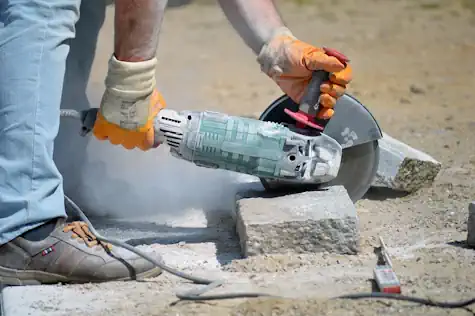
Cutting Disc: These are thin and sharp, designed to cut through materials like metal, stone, and ceramics efficiently without requiring a lot of pressure.
Grinding Wheel: Thicker than cutting discs, grinding wheels are used for removing material and not for cutting through the workpiece. They are ideal for smoothing out welds, sharpening edges, and grinding surfaces.
Flap Disc: Combining the function of sanding and grinding, flap discs are layered with abrasive ‘flaps’ and used to strip paint, rust, and material. They are excellent for finishing and polishing metal surfaces.
Diamond Cutting Discs: Designed for cutting through very hard or abrasive materials like concrete, stone, and tile. Their cutting edges are embedded with diamond grit for performance and durability.
Wire Brush Wheels: These are used for removing rust and paint, as well as for cleaning metal surfaces without removing the base material. They come in various forms including cup, wheels, and end brushes for different applications.
5. Using Angle Grinders
The real mastery begins when you start cutting, grinding, and polishing with an angle grinder. This section will cover the step-by-step process for each task. Here is a brief overview:
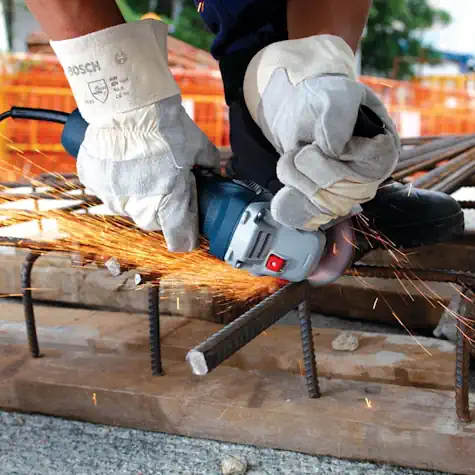
Cutting Wheel
Mark the line you intend to cut.
Make sure the material is clamped securely to a stable surface.
Start on the waste side of your line, as most cutting discs are slightly wider than the material they will cut.
Gradually work your way through the line, being mindful not to apply too much pressure, especially when nearing the end of a cut.
Grinding Wheel
Start with light pressure, gradually adding more as needed. Move the disc back and forth to get a more even grind and a smoother surface.
Keep a steady hand and make sure to cool the metal down intermittently if it’s thick. Water or a heat-resistant cloth can help.
Move the grinder across the work surface to ensure a consistent finish.
Polishing Wheel
Attach a polishing disc and apply a polishing compound.
Touch only the material and the off-grip handle.
Exercise patience, as this is a detail-oriented process.
6. Maintenance Tips
Taking care of your angle grinder doesn’t just protect your investment; it protects you and the quality of your work. This section details how to clean the tool, change the discs without a hassle, and store it properly. Regularly inspect the grinder and discs for damage, and proceed with caution if anything looks less than perfect.
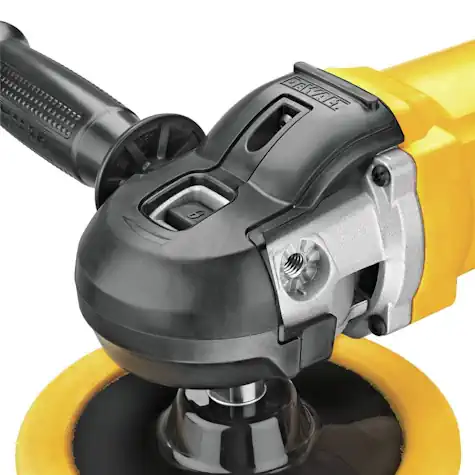
Top 5 Maintenance Tips for Angle Grinders
Regular Inspections: Before each use, perform a thorough check of the grinder and disc for any signs of damage, wear, or improper assembly. This can prevent accidents caused by equipment failure.
Clean After Use: Remove debris, dust, and any residual material from the grinder after each use. A clean tool is more efficient and less prone to malfunctions.
Lubricate Moving Parts: Occasionally, apply lubricant to the angle grinder’s moving parts, especially the motor, if the manufacturer’s instructions suggest it. This maintains smooth operation and prolongs the life of the tool.
Store Properly: When not in use, store your angle grinder in a dry, safe place. Ideally, keep it in a case or bag to protect it from dust and moisture, which can cause rust and corrosion.
Disc Care: Handle discs with care and store them in a secure, flat place where they won’t be damaged. Use a dedicated disc rack if available. Always check for expiry dates on discs as over-aged discs can compromise safety.
7. Conclusion and Safety Reminder
The angle grinder is a versatile tool that can be used for various purposes, but it is essential to use it with care and caution. To ensure your safety, it is recommended to follow some safety tips, get familiar with the tool, choose the appropriate attachments, and maintain it properly. In a business setting, there may also be occupational safety rules to follow. Be sure to check before you get started. With practice and the correct approach, you can enhance your skills with this tool. Always prioritize safety and enjoy your crafting experience!
Frequently Asked Questions (FAQs)
Can I use angle grinders for wood projects?
Yes, angle grinders can be used for wood projects using specific types of discs designed for wood, such as a carbide wood cutting wheel or flap disc for sanding. However, approach with caution due to the high power and speed of angle grinders.
How do I know when to replace a disc?
Replace a disc when it shows signs of wear, such as a reduction in performance, or visible damage, or if it reaches its expiry date. Regular inspections before use will help identify when a disc needs to be replaced. During long projects rotate the discs frequently just be careful to let the discs cool to avoid burns.
What safety gear should I use when operating angle grinders?
Always wear personal protective equipment, including safety goggles, gloves, ear protection, and a dust mask. Additionally, using a face shield can offer extra protection from sparks and debris. Never play with or remove the guard and avoid long sleeves or loose clothing that the motor may grab during operation. Remember, angle grinders spin at very high speed and can cut through even the best protective clothing so attention is always the best safety gear.
Can angle grinders overheat, and how can I prevent this?
Yes, angle grinders can overheat, especially during extended use under heavy load. To prevent this, avoid continuous use for long periods, allow the tool to rest and cool down intermittently, and ensure it’s maintained and lubricated regularly. Getting too hot will damage the disc edge and require you to adjust discs much more frequently.
Is it necessary to clamp down the material I am working on?
Absolutely, clamping down the material you’re working with not only ensures a cleaner cut or grind but also significantly increases your safety by preventing the material from moving unexpectedly. Make sure your is mounted on a table so the project’s rotation and positioning can be adjusted as you work. Time and persistent will result in smoother cuts or surfaces depending on the accessories in use.
